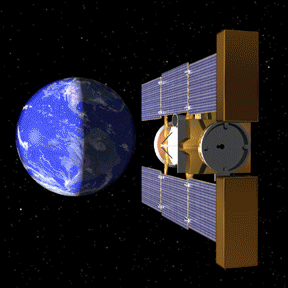The Stardust spacecraft came back to Earth in January 2006. The main spacecraft let go of the sample return capsule. The capsule re-entered Earth's atmosphere. It then used parachutes to gently land in Utah. Scientists in a helicopter picked up the capsule.
Click on image for full size
Images courtesy NASA/JPL-Caltech; animation created by Windows to the Universe staff (Randy Russell).
Stardust returns - with comet dust!
News story originally written on January 11, 2006
A spacecraft is coming back to Earth after a long mission. The spacecraft
is named Stardust. Stardust went on a journey to a comet. The trip lasted 7
years!
Stardust grabbed some pieces of
dust from the comet it flew by. It is bringing
that dust back to Earth. Scientists will study the dust to learn more about
comets. Stardust flew by a comet named Wild
2. It took some really
great pictures of the comet.
Stardust put the dust it grabbed into a capsule. The capsule will land on
Earth on January 15, 2006. It will land in
the desert in Utah. Scientists will get the dust from the capsule so they can
study it. Nobody has ever been to
a comet. This is the first time stuff from a comet has been brought back to
Earth. Scientists are excited to get their first chance to look at comet "stuff"
up close. They think they will learn a lot about comets from the dust!
You might also be interested in:
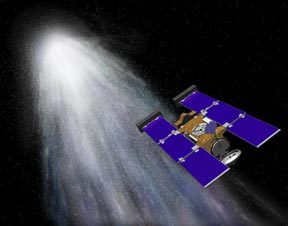
Stardust is the name of a space mission that studied a comet. Stardust flew very close to the comet in January 2004. It took some very good pictures of the nucleus of the comet. It also grabbed some dust
...more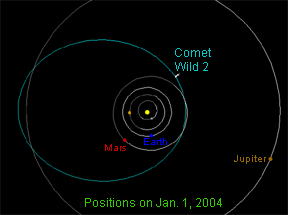
Comet Wild 2 is named after the scientist who discovered it. Paul Wild is an astronomer from Switzerland who discovered the comet in January 1978. Wild 2 is pronounced "Vilt 2". It takes the comet a little
...more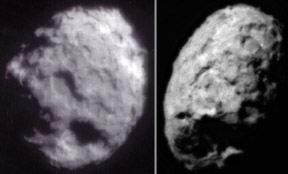
The pictures on this page show the nucleus of a comet. These are the best pictures ever made of the nucleus of a comet. The nucleus of a comet is a big lump of ice and dust. This one is about five kilometers
...more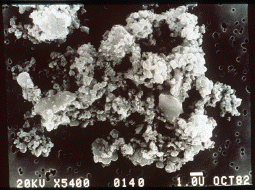
This example of Interstellar Dust is a perfect example of the kind of rocky material comets may be made of. The grains themselves seem to be made of smaller grains. There are many holes, or pores. In a
...more
Scientists have found a type of amino acid in a sample returned from a comet. Amino acids are the building-blocks of proteins. Proteins are one of the most important types of molecules in living creatures.
...more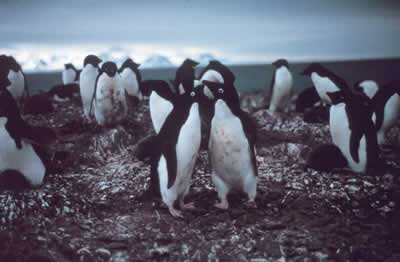
Scientists have been studying special places of the chilly ocean near Antarctica. They found that these places are favorite spots for thousands of penguins! Much of the ocean near Antarctica is covered
...more
Scientists have learned that Mount Hood, Oregon's tallest mountain, has erupted in the past due to the mixing of two different types of magma. Adam Kent, a geologist at Oregon State University, says this
...more


